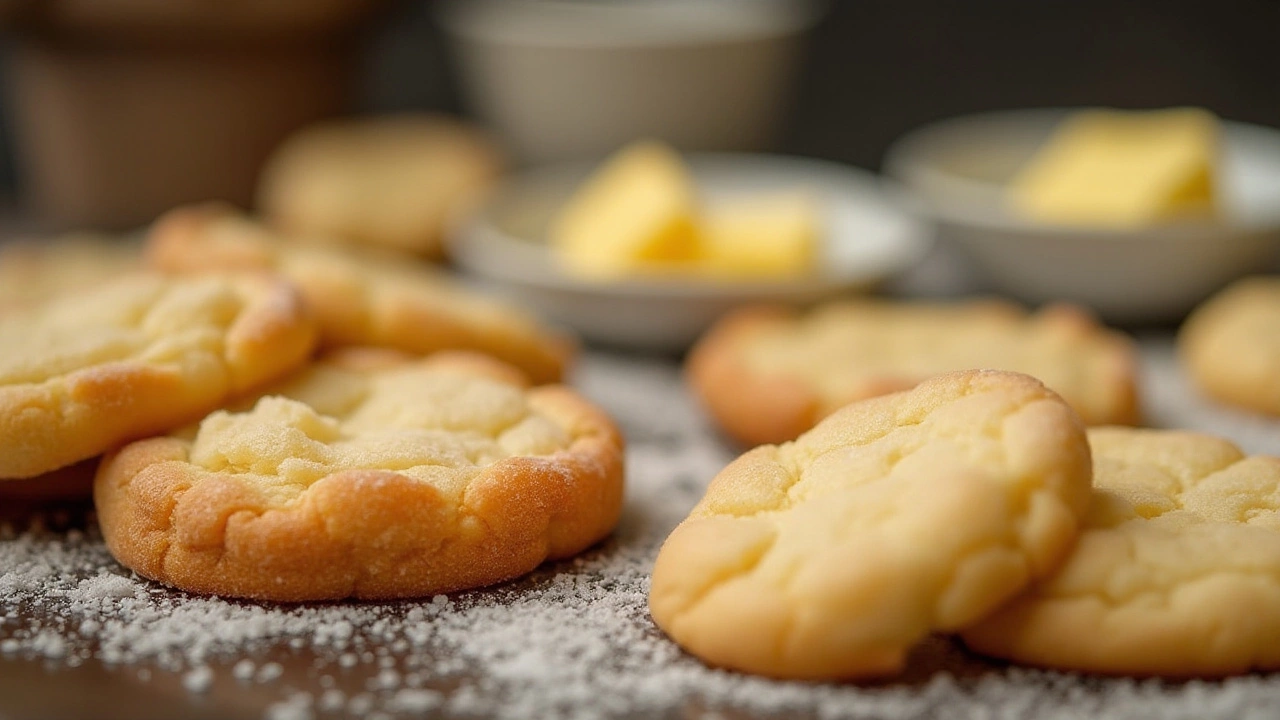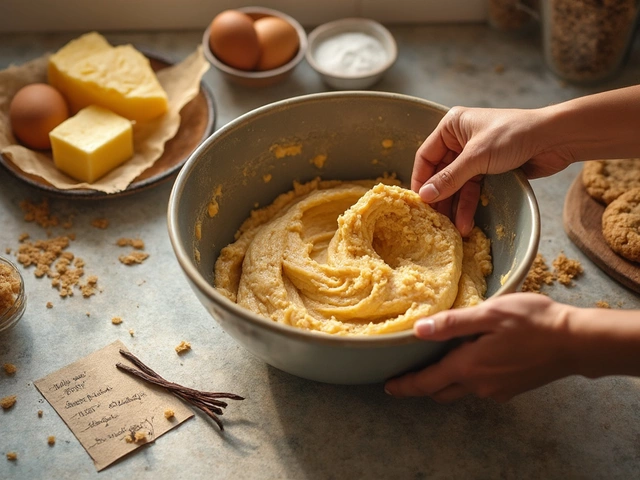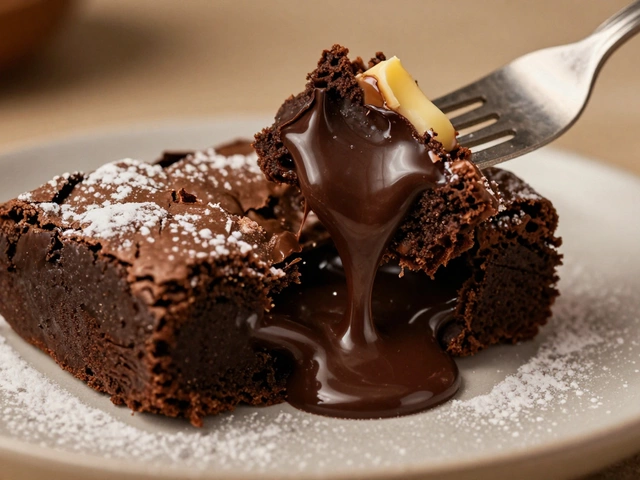Butter: The Unsung Hero of Sweet Baking
If you love soft fudge, fluffy brownies, or a cake that melts in your mouth, butter is probably the secret behind that magic. It adds flavor, moisture, and that lovely tender crumb we all crave. Yet many home bakers treat butter like just another ingredient, not realizing how much the type, temperature, and handling can change the final result.
Why Butter Matters in Desserts
Butter brings three main things to a sweet recipe: fat, water, and flavor. The fat coats flour particles, limiting gluten formation, which keeps cakes and cookies soft. The water in butter creates steam when it hits the hot oven, helping pastries rise and creating that light, airy texture.
Flavor is the fun part. Real butter gives a rich, slightly nutty taste that shortcuts can’t match. That’s why a fudge made with butter tastes deeper than one made with margarine. In our Fudge Temperature Guide, the soft‑ball stage works best when the butter melts smoothly, blending with sugar without separating.
Even brownies rely on butter for that fudgy interior. When you see a brown‑edge, buttery crust on a brownie, that’s the butter caramelizing at the pan’s edge, adding crunch and flavor. Skipping butter or swapping it for oil will change the texture completely.
Tips to Get the Best Results with Butter
1. Pick the right butter. Use unsalted butter for control over salt levels. If you need a higher smoke point for caramel or a quick sauté, clarify the butter first to remove milk solids.
2. Mind the temperature. For creaming (butter + sugar), bring butter to room temperature – soft enough to press a finger in but not melted. For flaky pastry, keep butter cold and cut it into flour. In a fudge recipe, melt butter gently over low heat to avoid scorching.
3. Measure accurately. A stick of butter is 113 g (½ cup). Using a kitchen scale eliminates the guesswork that can lead to dry cakes or greasy frosting.
4. Don’t over‑mix. Once the flour joins the butter‑sugar mix, stop stirring. Over‑mixing develops gluten, making cakes dense. This rule shows up in our Gluten‑Free Cakes Sink article, where extra mixing makes already delicate cakes collapse.
5. Store butter right. Keep it wrapped in foil or a butter dish in the fridge. If you need it soft fast, cut a small piece and let it sit at room temperature for 10‑15 minutes; that’s quicker and safer than microwaving.
Following these simple steps will make your next batch of fudge smoother, your brownies chewier, and your birthday cakes rise just right. Butter isn’t just a background player; it’s the star that ties flavor, texture, and shine together.
So next time you reach for that stick of butter, think about what it’s actually doing in your recipe. Choose the right kind, handle it with care, and watch your desserts reach a new level of deliciousness.

The Impact of Too Much Butter in Homemade Cookie Recipes
Splurging on butter in your cookie dough may lead to unexpected results. Learn how excess butter can alter cookie texture, flavor, and baking outcomes. Discover why balance is crucial and how to adjust your recipe to reach cookie perfection. This guide will provide insights into the chemistry of baking with butter and practical tips for troubleshooting common cookie dilemmas.
View More




